Acupuncture News and Research
- Details
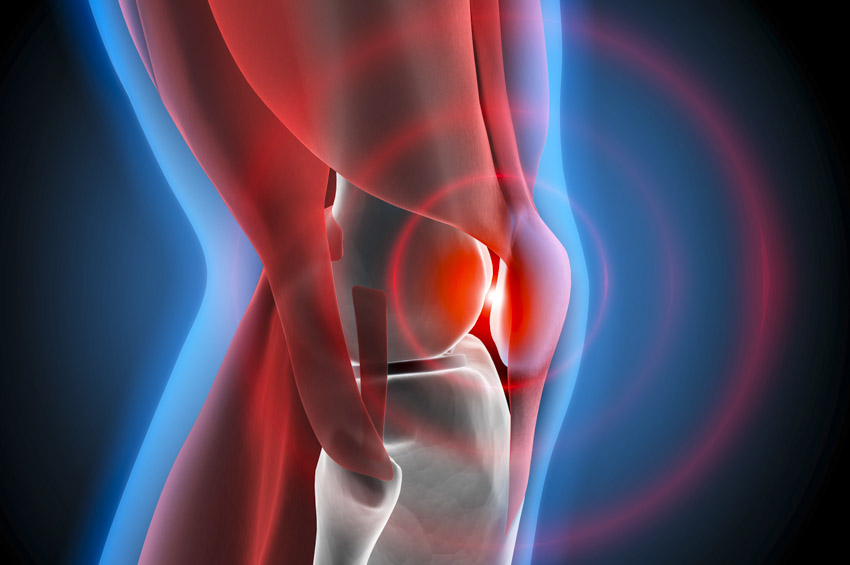
- Details

- Details
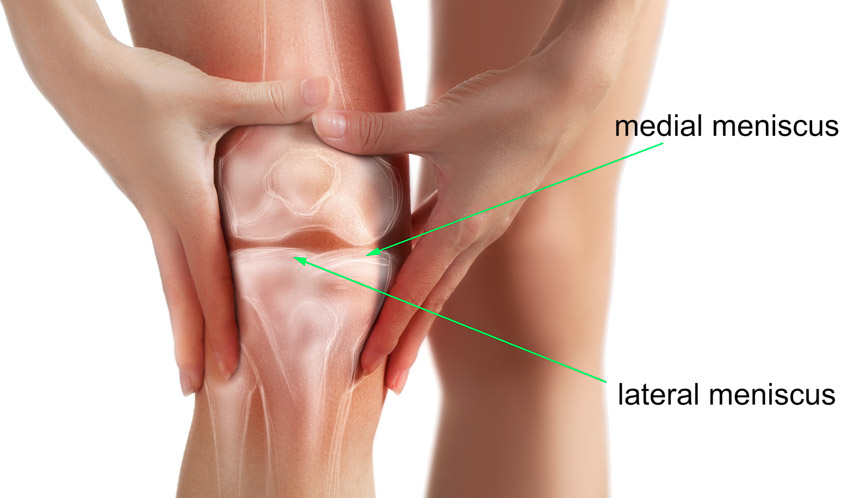
Researchers conclude that acupuncture increases the effectiveness of rehabilitation exercises after knee meniscus repair surgery. [1] Patients receiving acupuncture in a controlled clinical trial had less quadriceps atrophy, limping, locking, pain, and swelling than patients receiving only rehabilitation exercises. Patients receiving acupuncture also had significantly better range of motion, stability, and the ability to walk, jump, and climb stairs.
- Details
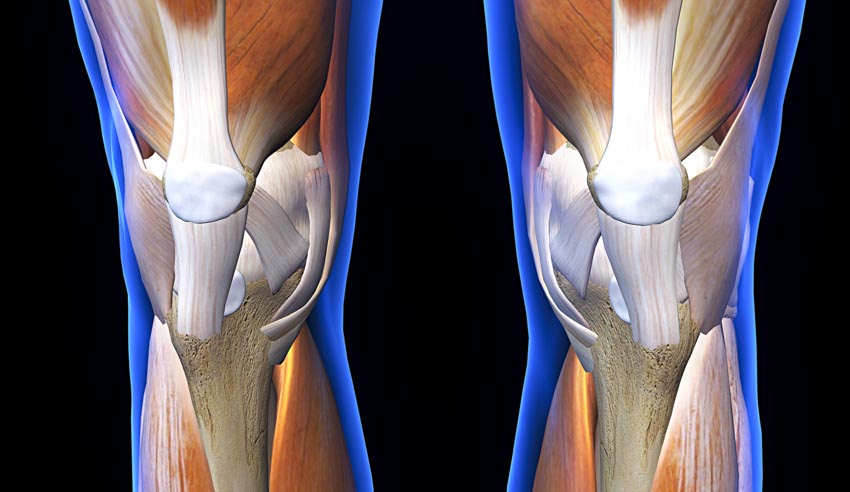
Acupuncture stimulates cartilage repair for patients with knee osteoarthritis. Using MRIs, researchers have quantified the therapeutic effects of acupuncture. Within four weeks, acupuncture successfully improves the condition of cartilage in the anterior medial and lateral tibial regions of the knee. In addition, Western Ontario and McMaster Universities Osteoarthritis Index (WOMAC) scores document that acupuncture reduces pain and stiffness levels while simultaneously improving physical function.
- Details
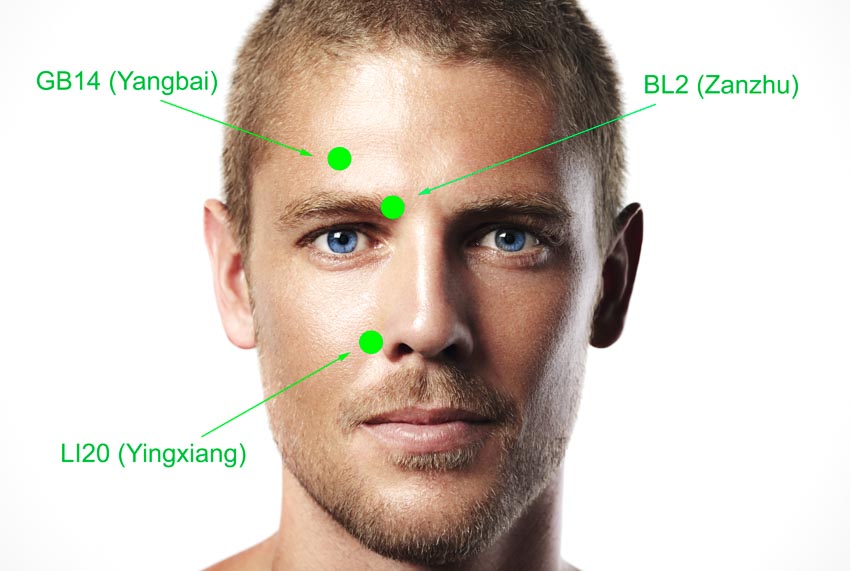
Researchers find acupuncture highly effective and that scalp acupuncture is particularly important for post-stroke patients. Scalp acupuncture significantly boosts the effectiveness of body style acupuncture for the treatment of post-stroke facial paralysis. In a randomized controlled trial, researchers determined that the addition of scalp acupuncture to a standard acupuncture therapeutic regimen increases positive patient outcomes by over 20%. In the investigation, body style acupuncture achieved a 71.4% total effective rate. The addition of scalp acupuncture to the treatment protocol increased the total effective rate to 93.1%. [1] Based on the data, the researchers conclude that scalp acupuncture optimizes patient outcomes for patients with post-stroke facial paralysis.
- Details
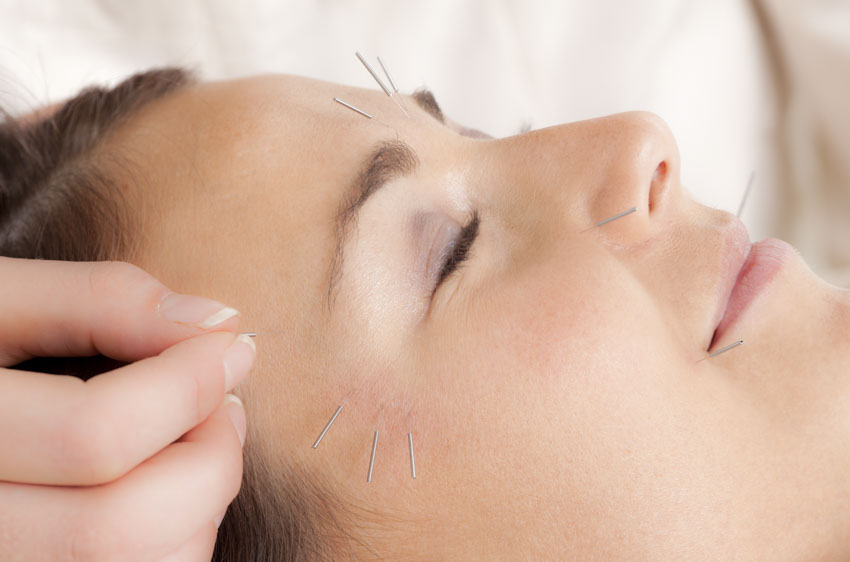
Researchers find acupuncture effective for the treatment of Bell’s Palsy—a type of facial paralysis. In one independent investigation, electroacupuncture produced optimal results. In another investigation, warm needle acupuncture combined with vitamin and drug injections produced excellent results. Let’s take a look at the results after a brief introduction.
- Details
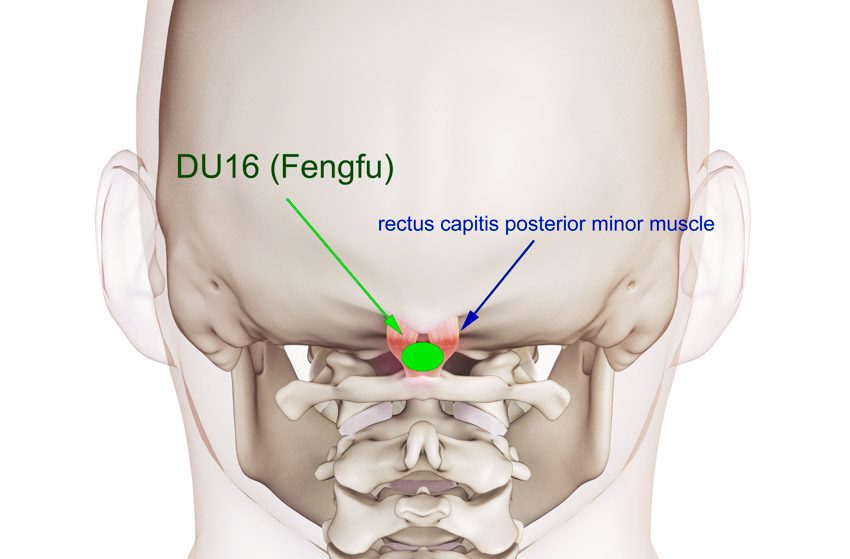
Acupuncture restores normal swallowing in post-stroke patients and investigators document an optimal approach to patient care. Researchers find low frequency electroacupuncture more effective than high frequency electroacupuncture for the relief of post-stroke dysphagia (difficulty or discomfort in swallowing).
- Details
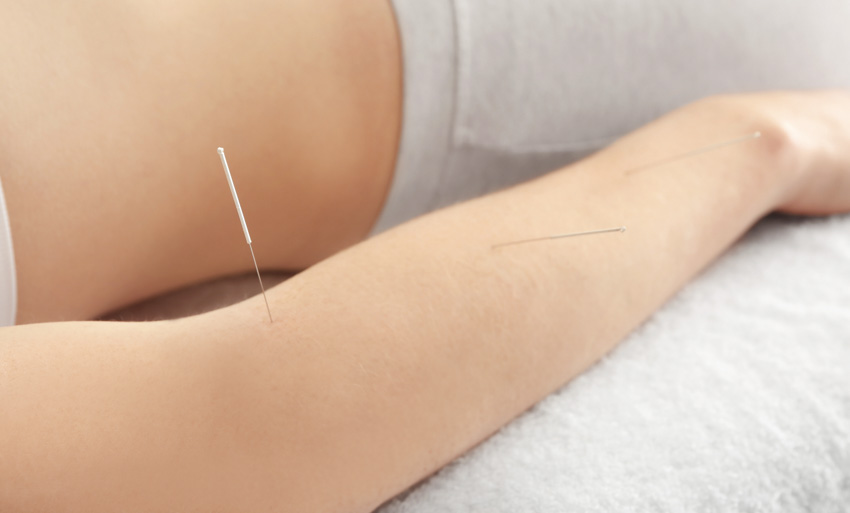
Acupuncture is a proven and effective therapeutic method for the alleviation of tennis elbow (lateral epicondylitis). Hubei Hanjiang Hospital researchers compared two Traditional Chinese Medicine (TCM) protocols. [1] One group used acupuncture plus moxa. The other group used electroacupuncture and rehabilitation training. Both treatment protocols were effective, with the second protocol outperforming the first. Let’s take a look at the results.
- Details
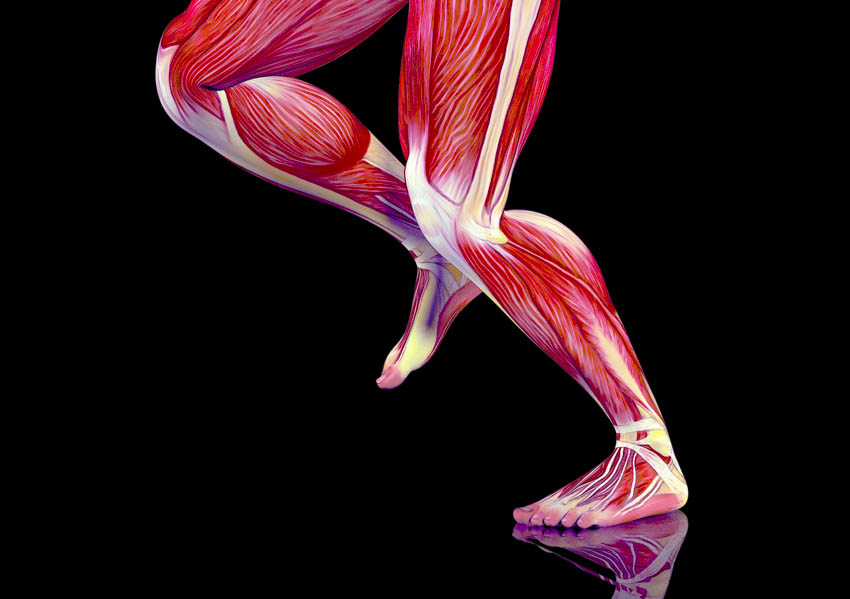
Researchers find acupuncture combined with tuina massage more effective for the treatment of knee osteoarthritis than ibuprofen. Across two independent studies, researchers made several important findings. One important discovery is that acupuncture plus tuina produces superior treatment outcomes compared with oral intake of ibuprofen (a nonsteroidal anti-inflammatory drug). Keep reading, you may find some shocking information about ibuprofen therapy that may make you reconsider long-term exposure to the drug.
- Details
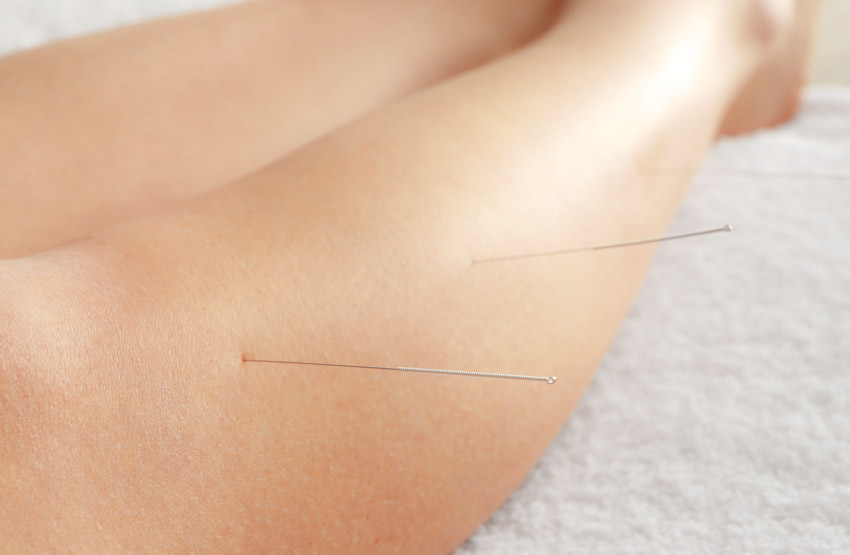
Investigators find acupuncture effective for the treatment of IBS (irritable bowel syndrome). In a controlled study, Yiwu Central Hospital researchers conclude that acupuncture has a 90.7% total effective rate for IBS-D patients. Perhaps more importantly, acupuncture produces a 34.9% complete recovery rate. The total recovery rate accounts for all patients showing significant improvements and the complete recovery rate is a quantitative measure of all patients cured of IBS-D by acupuncture therapy.
- Details
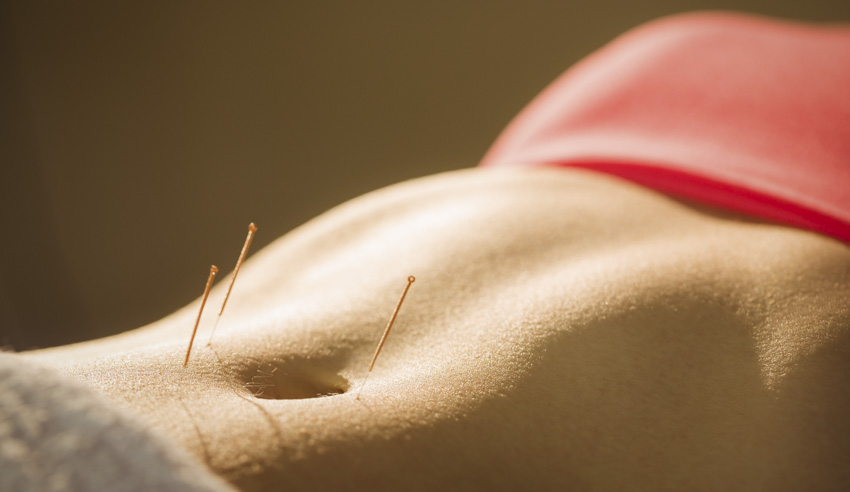
Acupuncture, tuina, and Chinese herbal medicine are found effective for the resolution of chronic pelvic inflammatory disease (PID). Zhuji No. 3 People’s Hospital researchers confirm that a Traditional Chinese Medicine (TCM) modality combining acupuncture, tuina, and acupuncture herbal plasters outperforms the drug combination of 0.9% sodium chloride, penicillin, and metronidazole for the treatment of chronic PID. Additionally, investigators confirm that acupuncture increases the effectiveness of herbs for patients with chronic PID.
- Details
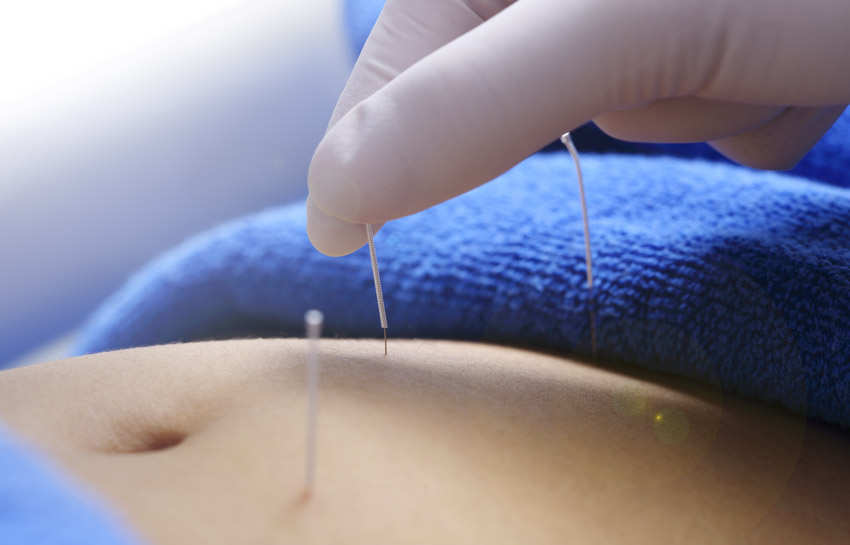
Acupuncture plus herbal medicine increase the clinical effective rate of drug therapy for the treatment of polycystic ovary syndrome (PCOS). In research conducted at the Hubei Maternal and Child Care Service Center, drug therapy using cyproterone acetate/ethinylestradiol and letrozole produced an 72.5% total effective rate. Using both drugs and herbal medicine produced an 85.0% total effective rate, and the rate increased to 95.0% when acupuncture was added to the treatment regimen.
- Details

Researchers find acupuncture and Traditional Chinese Medicine herbs effective for the treatment of tinnitus (ringing of the ears). Tinnitus is often a pernicious and intractable disorder. In this article, we will review the important research on acupuncture and herbs that demonstrates significant positive patient outcome rates. Take a close look at the results achieved by Dongzhimen Hospital researchers. Their use of electroacupuncture produces significant positive patient outcomes. First, let’s go over a few basics about ringing in the ears.
- Details
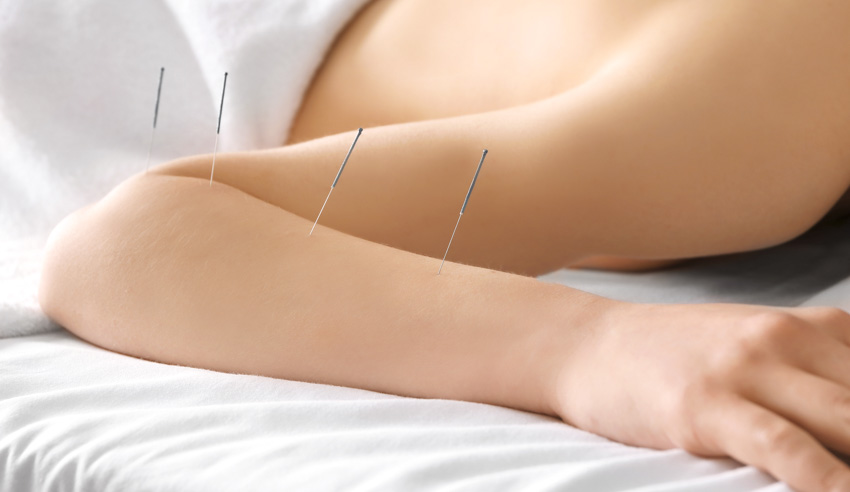
Heilongjiang University of Chinese Medicine researchers find two types of acupuncture effective for the treatment of essential tremor. Zone needling of the chorea tremor control area produced a 96.7% total effective rate and conventional acupuncture produced a 73.3% total effective rate. More importantly, a three month follow-up finds relapse rates are relatively low. The zone style scalp acupuncture group relapse rate was 13.81% and the conventional acupuncture relapse rate was 45.5%. The results indicate that the zone style scalp acupuncture group’s treatment protocol is more effective than the conventional acupuncture group’s protocol.
- Details
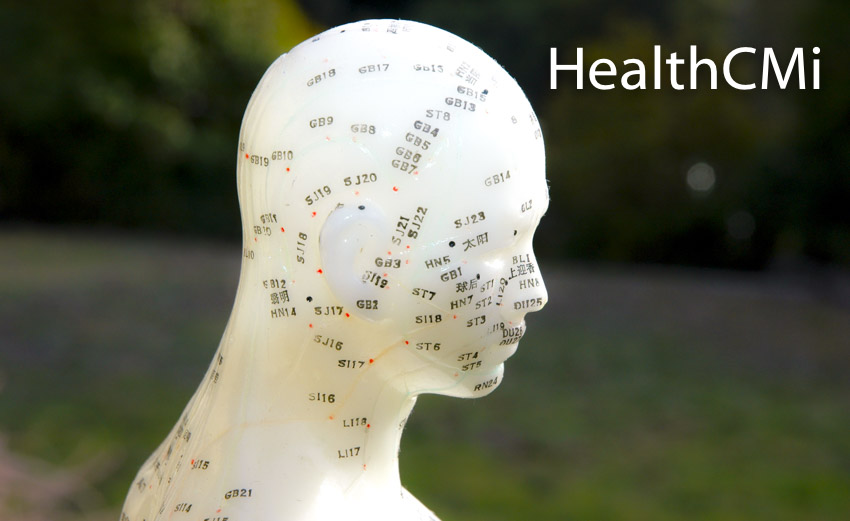
Researchers find acupuncture more effective than drugs for the treatment of insomnia. Zhejiang Chinese Medical University researchers conducted a controlled clinical trial and determined that acupuncture is more effective for the treatment of insomnia than a powerful nonbenzodiazepine hypnotic drug, zopiclone. Although zopiclone is not legal for use in the USA, a drug with an identical molecular formula and sequence of bonded atoms is available by prescription in the USA, that stereoisomer is eszopiclone (brand name Lunesta). Acupuncture outperformed zopiclone with a 92.9% total effective rate. Zopiclone had a 67.9% total effective rate. [1]
- Details
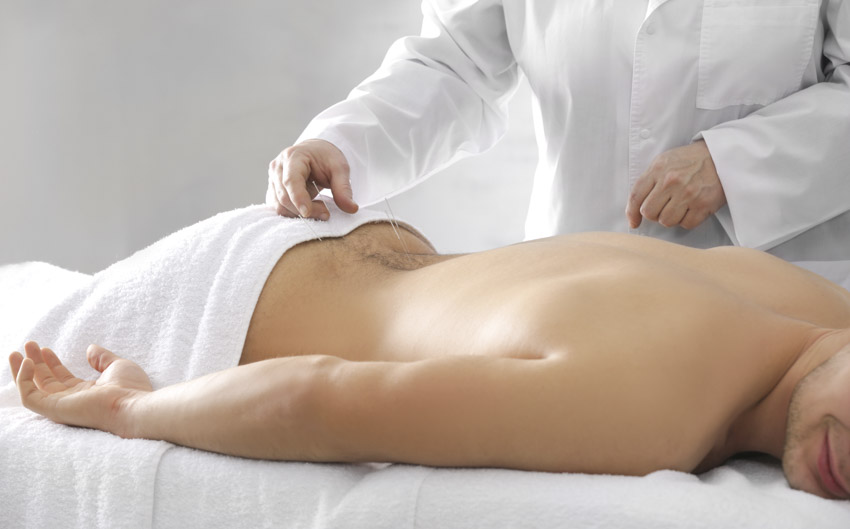
Researchers find acupuncture and Chinese herbal medicine effective for the alleviation of urinary retention caused by benign prostatic hyperplasia (BPH), a condition often referred to as enlargement of the prostate gland. Benign prostatic hyperplasia often leads to bladder, kidney, and urinary tract disorders. The prostate enlargement may block the flow of urine and cause discomfort or urinary retention. Common symptoms of benign prostatic hyperplasia include weak urine flow or a stream of urine that starts and stops. Dribbling towards the end of urination or the incomplete emptying of the bladder are also common. There may be difficulty initiating urination, frequent or urgent urination, and nocturia (excessive urination at night).
- Details
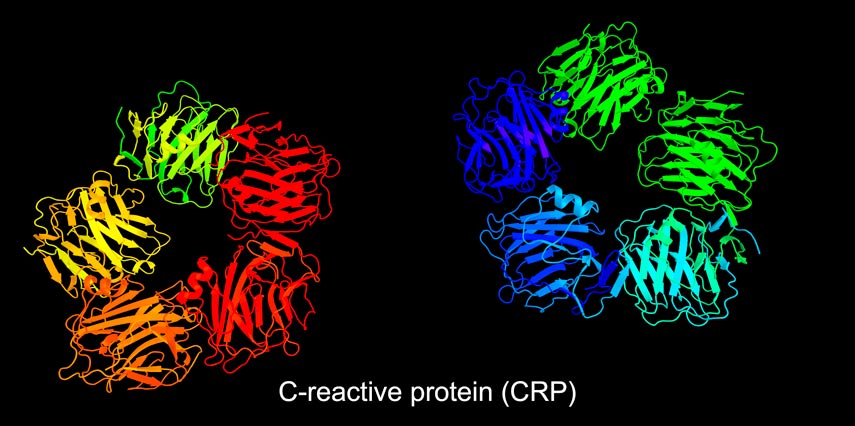
Researchers find warm needle acupuncture effective for alleviating rheumatoid arthritis symptoms. The same investigation reveals that a modified herbal formula prescription of Juan Bi Tang is also effective. The study’s objective data also demonstrates that both approaches to patient care produce significant positive patient outcomes.
- Details
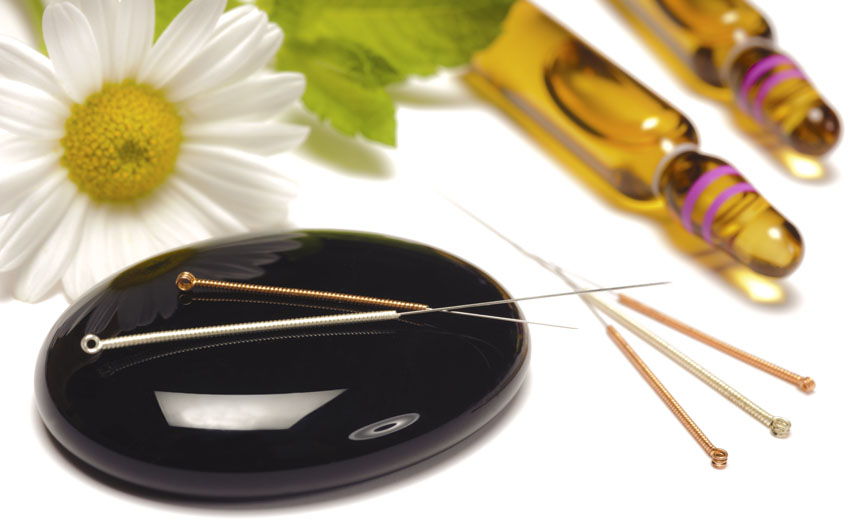
Acupuncture and herbal medicine provide clinical benefits to patients with Alzheimer’s disease. In three independent investigations, researchers document important findings. In the first investigation, researchers find acupuncture a stabilizing treatment modality. In research published in the Shanghai Journal of Acupuncture and Moxibustion, Yuyue Zhu reports that Alzheimer’s disease patients show modest improvements as a result of receiving warm needle acupuncture. [1] In the report, acupuncture is a means of stabilizing the overall condition of the patient to prevent significant declines in differential diagnostic patterns.
- Details
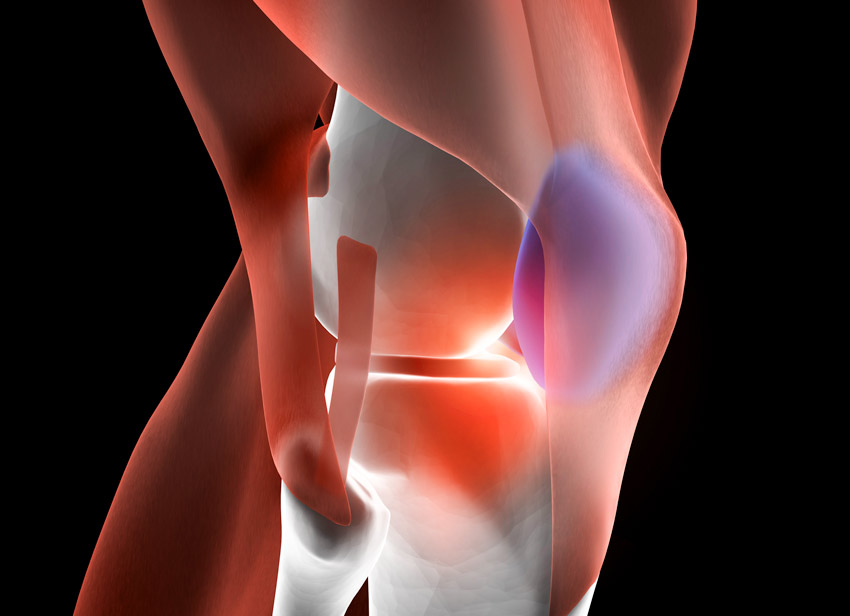
Researchers find acupuncture effective for the treatment of knee osteoarthritis pain and joint dysfunction. Three independent studies confirm the benefits of acupuncture. One study finds acupuncture effective for increasing the efficacy of celecoxib treatment. Another finds acupuncture effective for increasing the positive patient outcome rates for patients taking Traditional Chinese Medicine (TCM) herbs. A third study compared two different types of acupuncture and determined that centro-square needling is exceptionally beneficial for the treatment of knee osteoarthritis. Let’s start with a brief overview of knee osteoarthritis and acupuncture before reviewing the independent investigations.
- Details

Acupuncture is an effective treatment modality for patients with carpal tunnel syndrome. Independent investigations confirm that acupuncture is more effective than usual care, including anti-inflammatory medications. Acupuncture successfully alleviates pain, inflammation, numbness, and restores motor dexterity. Electromyography confirms the results, including improvements across multiple parameters (e.g., median nerve sensory latency, sensory nerve conduction velocity, sensory amplitude, motor latency, motor nerve conduction velocity, motor amplitude).

